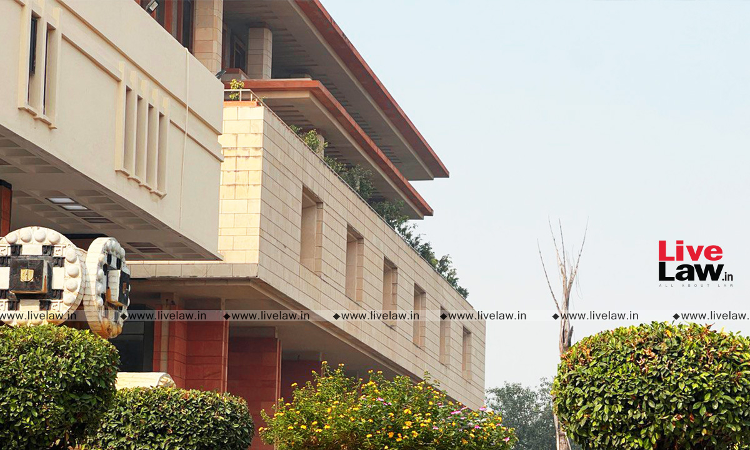The Delhi High Court has held that taxpayers filing declarations under the Sabka Vishwas (Legacy Dispute Resolution) Scheme Rules, 2019 (SVLDR Scheme) cannot quantify the duty under indirect taxes.The bench of Justice Yashwant Varma and Justice Dharmesh Sharma has observed that in terms of Section 121(r) of the Finance Act, 2019, the word "quantified" means a written communication of the...

